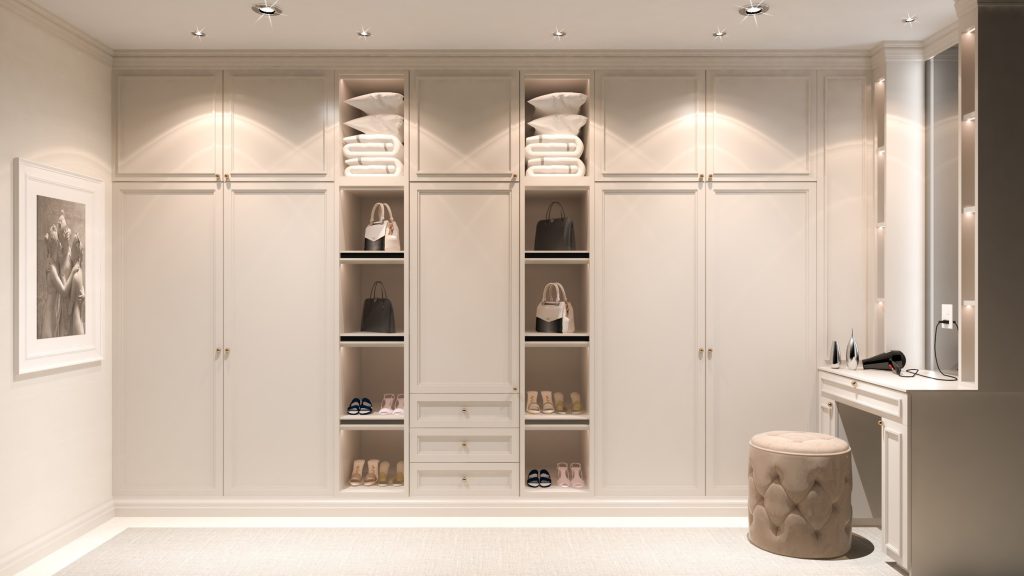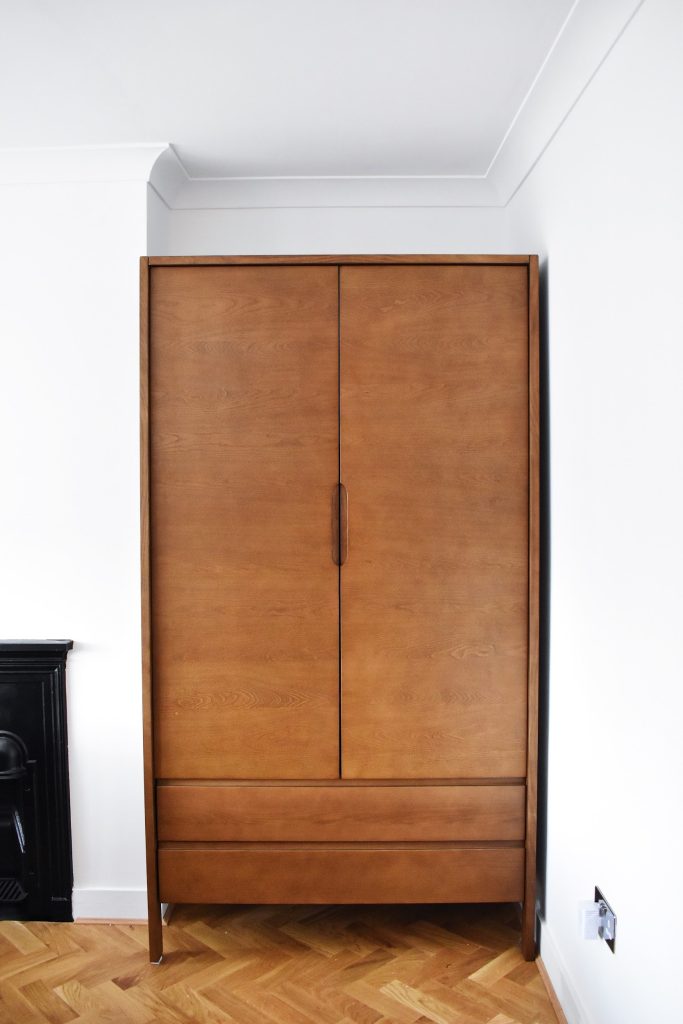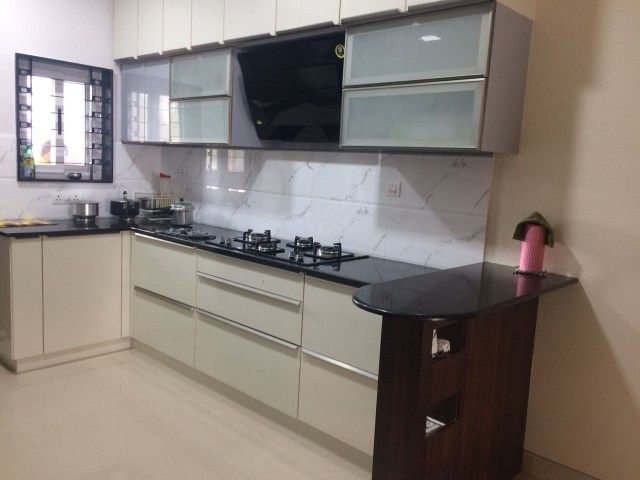If you are one out of the many who are contemplating whether or not to have a loft in your kitchen or wardrobe, you have come to the right place. In this article, we will talk to you about the pros and cons of having a loft and what one must bear in mind before deciding for or against making lofts.
Although the actual definition of a loft based on western terminology is very different. Lofts in India are considered nothing but additional storage spaces generally given above the lintel level in a house, i.e., approximately 7 feet above the floor or right above the window level. Traditionally in the Indian sub-continent, lofts are made of reinforced concrete and cement (RCC) and are called chajjas or inner lintel overhangs. Although RCC lofts are very strong and can hold heavy objects, they are not very aesthetic and do not conceal the items they store, hence making the home look shabby. Lofts are, in essence, used to dump items that are used less often; in case you have a smaller home, these spaces are almost necessary to store items efficiently. However, if you have a large home, you can avoid these lofts and decide to have a separate storeroom to store infrequently used items.


Pros
- Lofts can provide plenty of space to store infrequently used items at home.
- Lofts do not use up the floor space since they are made above the lintel level.
- Wooden lofts look aesthetically better than traditional RCC lofts.
- Lofts let us efficiently organize all items we want but don't really need or use often.
- Wooden lofts keep stored items clean from dust.
- Wooden lofts can be added to an existing wardrobe or a kitchen without any hassles.
- Polished veneer surfaces can range from high matt to high sheen.
Cons
- Wooden lofts with a wooden base are weaker than RCC lofts.
- Wooden lofts decrease the sense of space in the room; the room looks fuller.
- Lofts are often an ignored part of the furniture when cleaning and hence tend to accumulate dust and insects; therefore, periodic maintenance is important.


Are Lofts Worth It?
By now, our readers would know both the pros and cons of having a loft in their kitchen or wardrobe. The disadvantages, though, aren’t that difficult to work with. In essence, we would like to say that everyone who has space constraints to store their household items can have a loft in their house. Others with larger homes and enough storage can avoid lofts to keep the space less crowded and airier.





